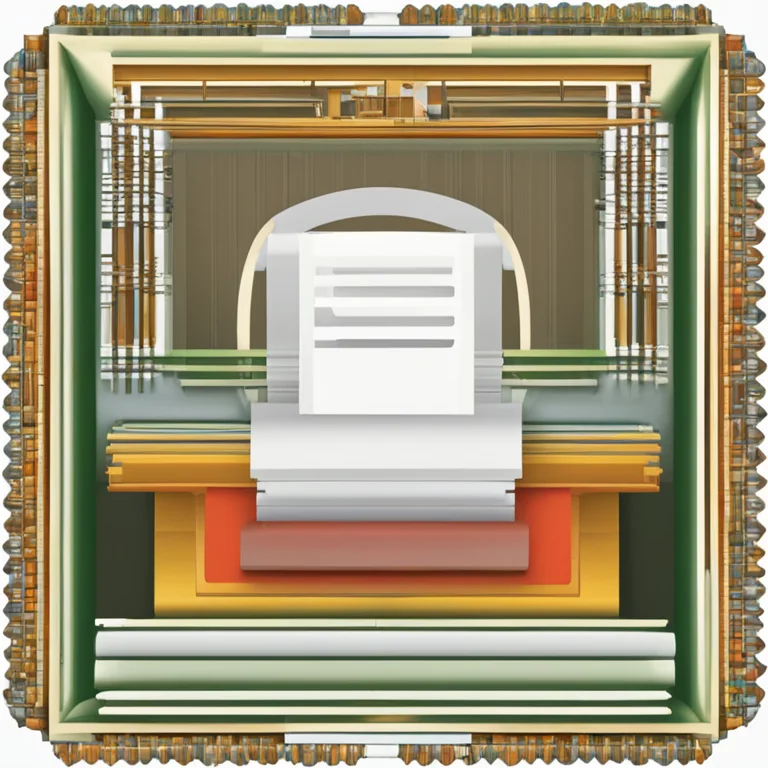
The Origins of Palm Lines: A Scientific Perspective
Discover the science behind the formation of palm lines and their significance in palmistry and beyond in this insightful article.
article by Nora Pennington
An Introduction to Palm Lines
Our palms are like maps to our unique identities, inscribed with lines that many believe to be connected to our personalities, destinies, and life paths. But before delving into the mystical interpretations, let's investigate the biological underpinnings of these familiar creases. Palm lines, or palmar flexion creases, develop in the womb, predominantly during the 12th week of gestation. They evolve as a result of the hand's movement and the underlying structure's development, including bones and muscles. Contrary to popular belief, palm lines are more closely associated with physical factors than metaphysical ones.

The Role of Genetics and Environment
Scientists suggest that a combination of genetic factors and intrauterine pressure shapes the formation of palm lines. The genetic blueprint inherited from our parents certainly plays a role, but the specifics are influenced by subtle variations in the environment of the womb. Factors such as the position of the fetus, the density of the amniotic fluid, and the individual growth rate of the hand also contribute to the unique topography of our palms.

The Mechanics of Palm Line Formation
As the hands develop and flex within the womb, skin tension lines emerge, which guide the formation of palm lines. These lines increase grip and flexibility while also providing a natural folding point for hand movement. Just as the bends of a cardboard make it easier to fold, palm lines facilitate the complex movements required of our hands. Their depth and clarity can vary greatly from one individual to another and can change over time due to factors like skin elasticity and aging.

Palmistry and Palm Lines
Palmistry, the ancient practice of interpreting palm lines, posits that these creases hold significance far beyond their physical purposes. Palmists analyze the characteristics of the major lines – the heart, head, life, and fate lines – to make inferences about personality traits, emotional tendencies, and potential life events. While there's no scientific evidence to support these claims, the allure of palmistry endures, captivating those who seek to understand the mysteries of human existence.

Cultural and Historical Significance
Throughout history, various cultures have looked to palm lines as a means to divine the future or uncover hidden traits. In addition to their role in palmistry, these lines have found their place in folklore and tradition worldwide. They remind us of the human desire to find patterns and meaning in the physical attributes we possess, a trait that stretches back to the earliest civilizations.
Technological Advancements and Research
In the modern era, palm lines have caught the interest of the scientific community, leading to research into their relationship with genetic and medical conditions. Some studies suggest that particular line formations could be indicative of chromosomal disorders or other health issues. However, such uses of palmistry remain within the scope of scientific inquiry and are not used for predictive purposes like traditional palmistry.
Published: 1/10/2024
Modified: 1/10/2024
More predictions
Come back here soon to learn more about yourself and your future


The Essence of Palmistry: Insights into Your Palm
Delve into the fascinating world of palmistry and discover what the lines on your palm reveal about your life path and personality, with contemporary relevance for the modern seekers.


The Secrets of Hand Analysis
Delve into the intriguing world of palm reading and discover the hidden aspects of your personality through the lines and shapes in the palms of your hands.


Guide to Palmistry: Interpreting Your Palm Lines
Discover the ancient art of palmistry with our comprehensive guide to reading and interpreting the lines on your palms.